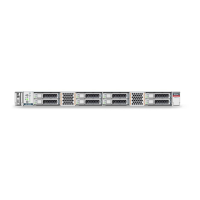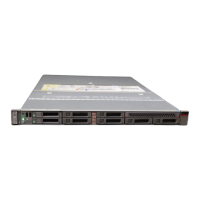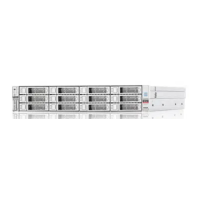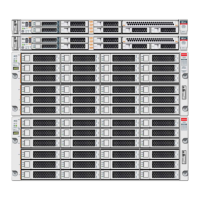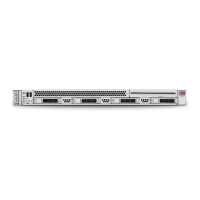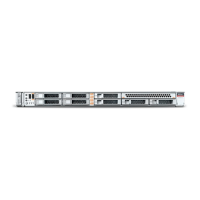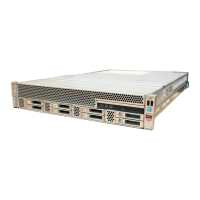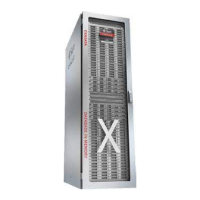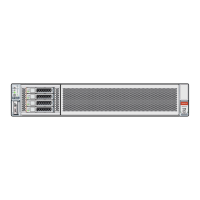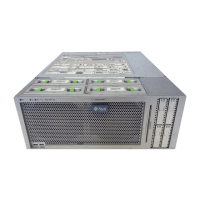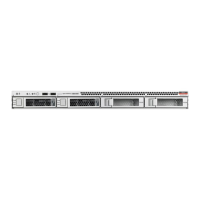Troubleshoot Hardware Faults Using the Oracle ILOM Web Interface
Status Indicator Description
■ For more information on the fault remind status indicator and the location of the Fault
Remind button, see “Using the Server Fault Remind Button” on page 104.
STBY PWRGD
Status Indicator
■ This green status indicator (LED) is labeled STBY PWRGD and is located on the
motherboard near the back of the server.
■ This LED lights to inform a service technician that the motherboard is receiving Standby
power from at least one of the power supplies.
■ This LED is provided to help prevent service actions on the server internal components
while the AC power cords are installed and power is being supplied to the server.
Troubleshooting System Cooling Issues
Maintaining the proper internal operating temperature of the server is crucial to the health of the
server. To prevent server shutdown and damage to components, address over temperature and
hardware-related issues as soon as they occur. If your server has a temperature-related fault, use
the information in the following table to troubleshoot the issue.
Cooling Issue Description Action Prevention
External
Ambient
Temperature
Too High
The server fans pull cool air
into the server from its external
environment. If the ambient
temperature is too high, the
internal temperature of the
server and its components
increases. This can cause poor
performance and component
failure.
Verify the ambient temperature
of the server space against the
environmental specifications
for the server. If the
temperature is not within
the required operating
range, remedy the situation
immediately.
Periodically verify the ambient
temperature of the server space
to ensure that it is within the
required range, especially if
you made any changes to the
server space (for example,
added additional servers). The
temperature must be consistent
and stable.
Airflow
Blockage
The server cooling system
uses fans to pull cool air in
from the server front intake
vents and exhaust warm air out
the server back panel vents.
If the front or back vents are
blocked, the airflow through
the server is disrupted and
the cooling system fails to
function properly causing the
server internal temperature to
rise.
Inspect the server front
and back panel vents for
blockage from dust or debris.
Additionally, inspect the
server interior for improperly
installed components or cables
that can block the flow of air
through the server.
Periodically inspect and clean
the server vents using an ESD
certified vacuum cleaner.
Ensure that all components,
such as cards, cables, fans,
air baffles and dividers are
properly installed. Never
operate the server without the
top cover installed.
Cooling Areas
Compromised
The air baffle, component filler
panels, and server top cover
maintain and direct the flow
of cool air through the server.
These server components must
be in place for the server to
function as a sealed system.
Inspect the server interior to
ensure that the air baffle is
properly installed. Ensure
that all external-facing
slots (storage drive, PCIe)
are occupied with either a
component or a component
When servicing the server,
ensure that the air baffle is
installed correctly and that
the server has no unoccupied
external-facing slots. Never
operate the server without the
top cover installed.
34 Oracle Server X7-2 Service Manual • October 2017
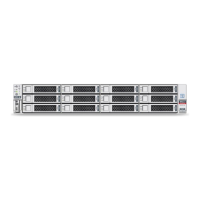
